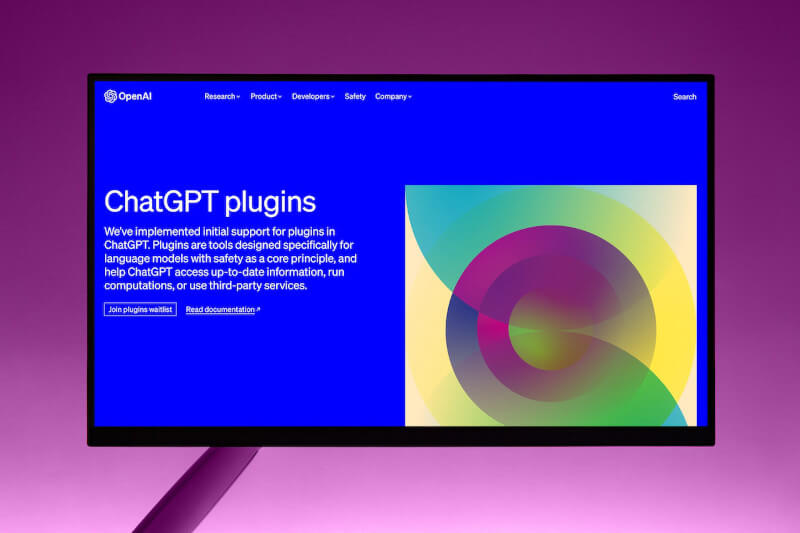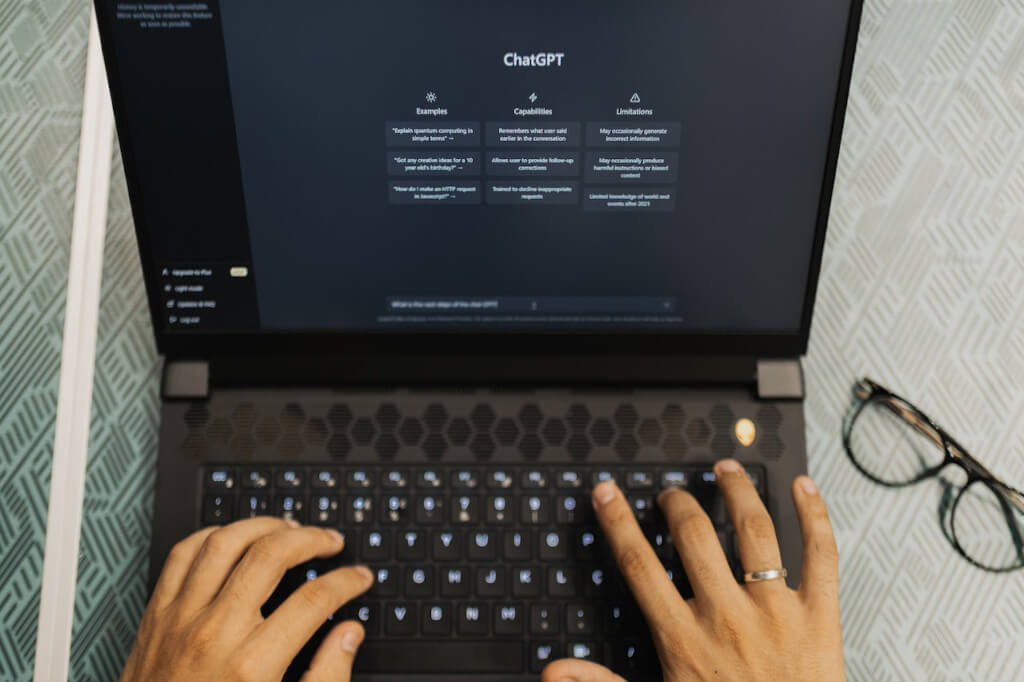ChatGPT is the Catalyst for Change in Higher Education’s Approach to Evaluation
Worldwide universities were taken by surprise by the COVID-19 pandemic. Shifting lectures online, for example, was a simple adjustment to make, but figuring out how to evaluate students’ work was much more difficult. Essays, exams, experiments, and other methods can all be used as assessment tools.
The evaluation process has been primarily outsourced by several organisations and independent intellectuals to software. They started using Turnitin more frequently to detect instances of plagiarism in student writing. And for paced closed-book exams, they used software like Proctorio to keep tabs on pupils’ digital activity while they took the test.
However, institutions of higher learning missed an opportunity to reconsider the goals of their programmes and how assessment could help them succeed. Rather they backpedaled on the current system, feeling relieved once isolation and quarantine instructions were withdrawn and situations could come back to “normal”. The introduction of ChatGPT and other comparable chatbots presents an additional chance for the industry to examine its assessment practises and the purpose of university education.
ChatGPT is an AI-driven Chatbot Platform That Simulates Human Discussion for Its Users
It employs state-of-the-art linguistic processing methods to interpret input validation and respond in a way that is both organic and situational. In a conversation with ChatGPT, consumers can communicate with a computer in a natural way, as though they were speaking with another human being. It takes a query and uses the data extracted from the web to generate a personalised response. The benefits of breastfeeding” or “the social complexity of the refugee crisis in Europe are just two examples of the wide range of topics that it can write about. In addition, it can be taught to write essays that are tailored to a given set of circumstances.
We are educators and researchers from South Africa, Australia, the United Kingdom, and the United States, and our work focuses on various aspects of education, methods of instruction, and the educational process as a whole. We think ChatGPT has the potential to be a major catalyst in making the transition from viewing assessment as the guarantee of a “product” in schooling to viewing assessment as learning.
It has the potential to be a useful tool for instructing learners in the areas of rational reflection, writing, and the broader function of artificially intelligent devices like chatbots in the modern world.
Possibility of Danger?
Colleges and universities around the world have responded to ChatGPT in a wide range of ways. As an example, in the United Kingdom, responses to ChatGPT in higher ed have ranged from the extreme (will AI destroy universities?) to the more reasonable (what do pupils think of the innovation?).
ChatGPT is an imminent threat to university education if its goal is to have learners understand and summarise a knowledge base so that its completion can be accredited through assessment. If universities can’t definitively state that evaluated texts were indeed created by pupils, the actual value of qualifications is immediately affected. However, if the goal of higher ed is to assist learners in creating an impactful connection to a knowledge base that changes the way they look at the world and themselves, then the significance of assessment shifts dramatically. When used effectively, ChatGPT and other similar tools can demonstrate to pupils the benefits and costs of accumulating and applying significant knowledge. It shouldn’t be seen as counterproductive to their education, but rather as a helpful supplement.
There Are 4 Possible Explanations for This

Here are four possible uses.
- In this age of false information, pupils can consider articles created by ChatGPT that contain falsified references and incorrect data, and then discuss the possible repercussions of this.
- Assignments can be given to pupils in which they must evaluate their knowledge and understanding of the material by comparing it to that provided by ChatGPT and considering alternative ways of representing the information.
- Third, ChatGPT may be utilized for help with writing essays and to encourage growth in confidence and independence. Learning from the ChatGPT responses enables learners to see how the operating system integrates information from various sources and to spot problem areas that require further investigation.
- Pupils can be prompted to reflect on how their use of ChatGPT has either expanded or limited their exposure to high-impact information. This is an excellent opportunity to give serious thought to where and how artificial intelligence is already being put to use in the world and how that might affect their future careers.
Online, you can find a plethora of suggestions regarding how to utilize ChatGPT to generate homework questions. Professors and students alike can benefit from investigating these to see if any ideas spark personalised use in the classroom. It will be difficult to put into practise any of these ideas. Institutional backing is crucial as academics weigh the implications of technological advancements for their fields. We would also argue that this funding should encourage teachers to stop trying to find ways to cheat the system or keep tabs on their students.
Difference and Progress
The university education community and larger society missed a chance to reevaluate the purpose of higher education and the potential role of evaluation in improving student learning when COVID occurred. ChatGPT has not heralded the closure of higher education, but rather a new period of growth for the industry and the rest of society. Now is the time to create approaches to education, instruction, and evaluation that are in line with such ideas.
Conclusion
With the rise of ChatGPT and other chatbot technologies, higher education has a chance to improve teaching and learning. ChatGPT provides a novel method of assessment as learning in an educational setting, where universities have traditionally relied on software tools to outsource assessment. Utilising ChatGPT, universities can foster an impactful relationship with information that allows pupils to perceive the world and how they fit in it in new ways by introducing critical thinking, writing, and the contribution of machine learning in the world. While organisations’ backing and an eagerness to rethink assessment are necessary for this technology’s widespread adoption, the opportunity it presents to create teaching and learning practices that reflect modern conceptions of higher education is substantial.

